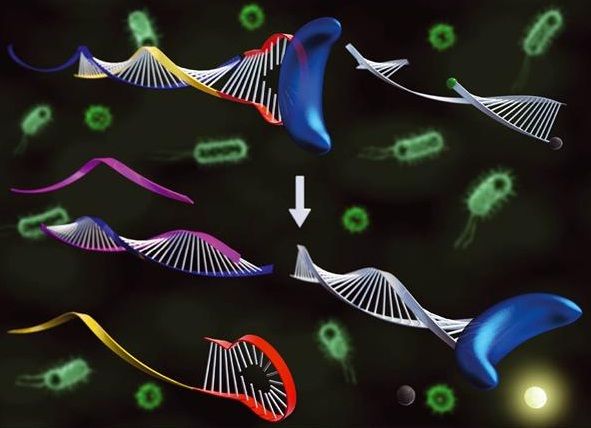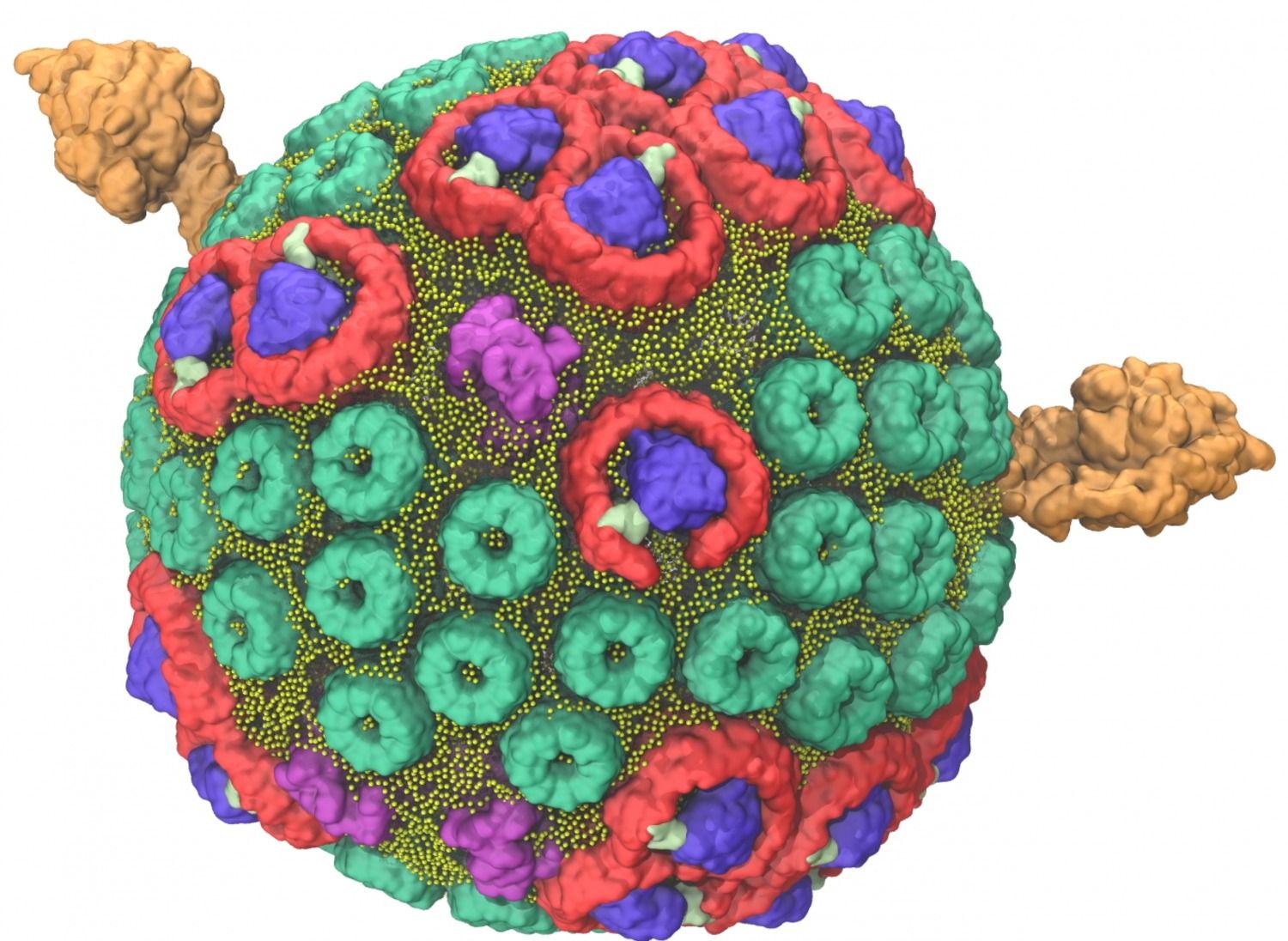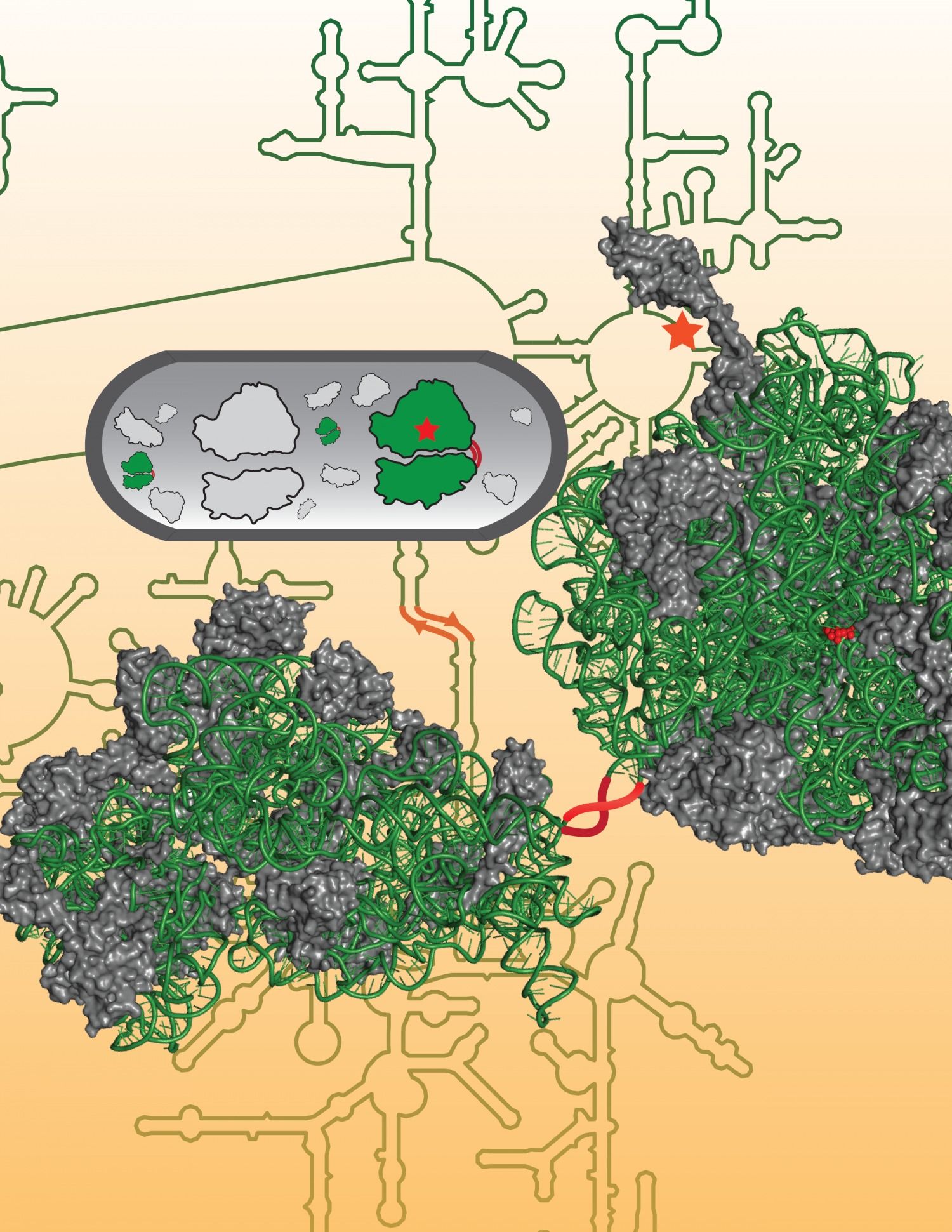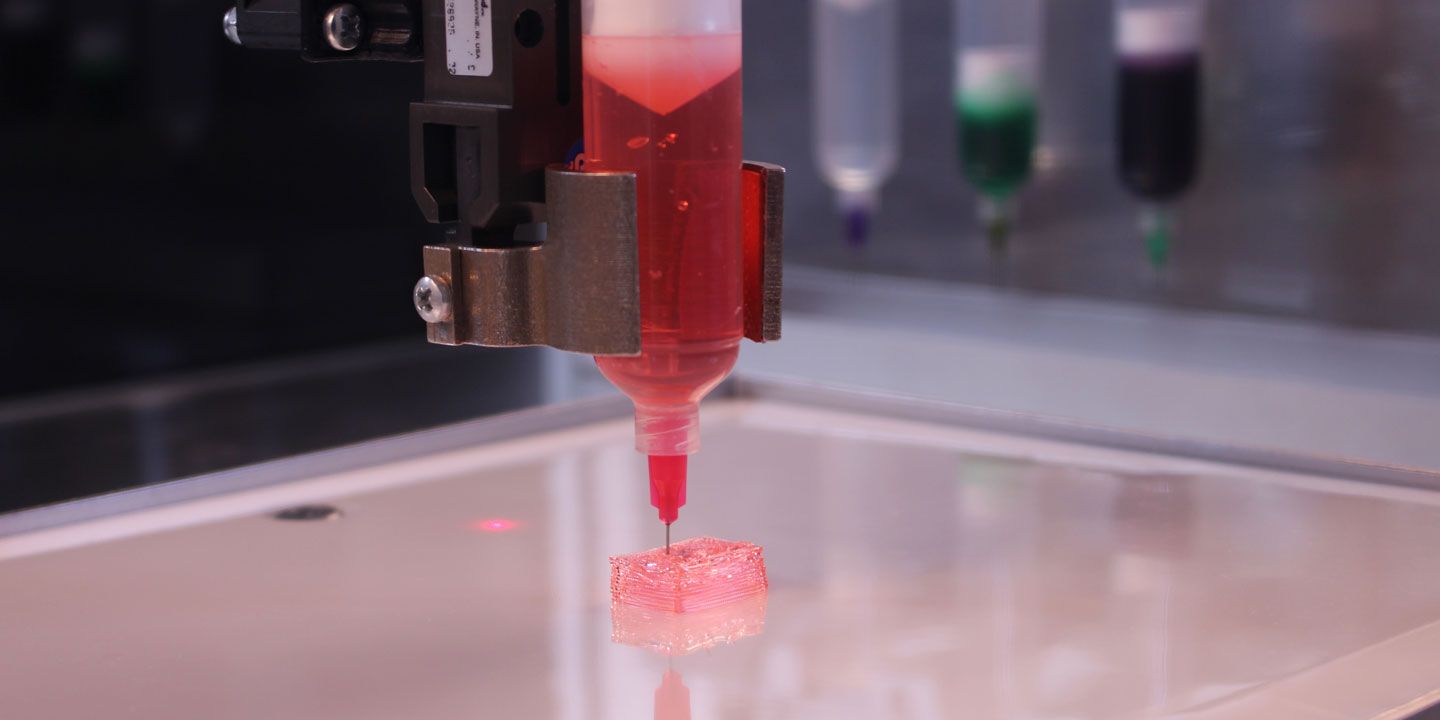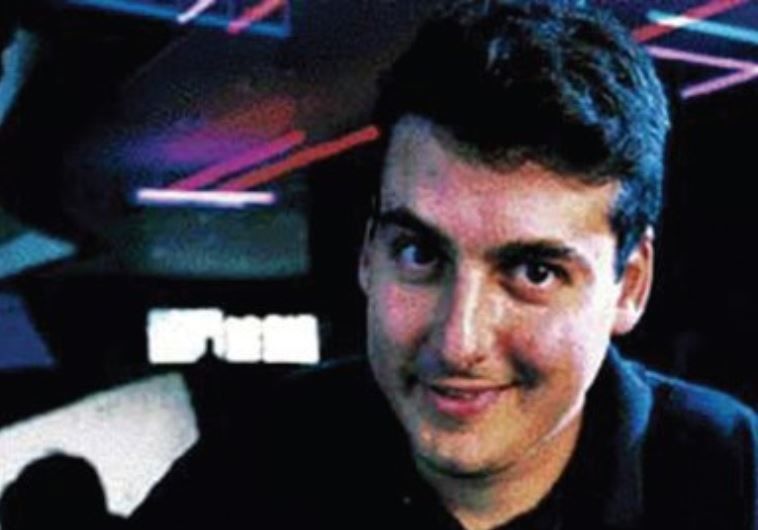
Synthetic biology programming microorganisms to perform some new functions. Genes are made out of DNA; synthetic biology involves inserting synthetic genes that might not have existed before into yeast and reprogramming them to make a new chemistry or things not made naturally by biology. Each gene codes for an enzyme. One can program a new set of enzymes and convert them to intermediate products. If you go through five or even 15 steps, you can get a final product – a polymer, a new drug – creating a chemical factory inside a cell. This is much better than nanotechnology, because in synthetic biology, we get down to molecular size…
Prof. Joseph Jacobson, a leading physicist at the Massachusetts Institute of Technology, is not only the inventor of e-ink but also a mover in creating artificial DNA to eventually cure diseases.
Read more

